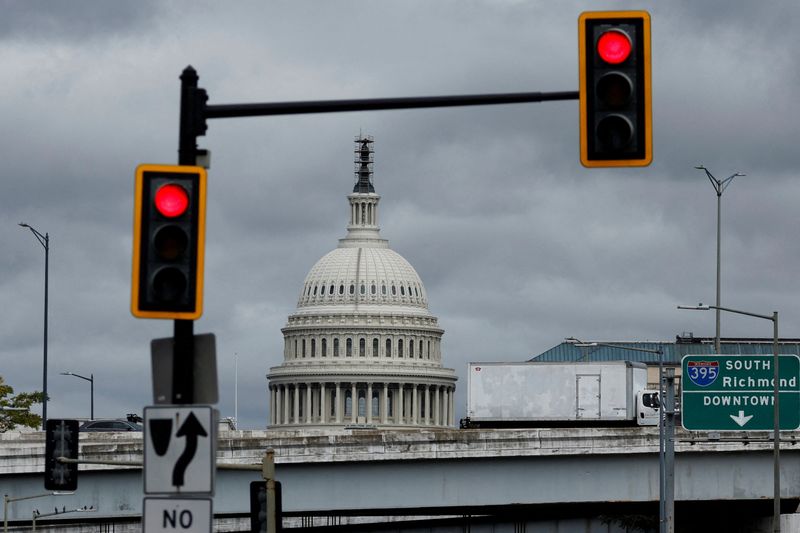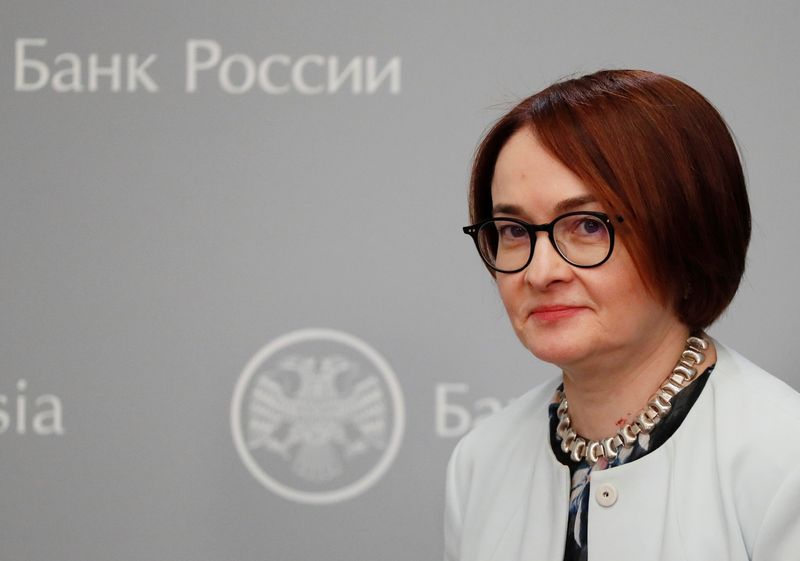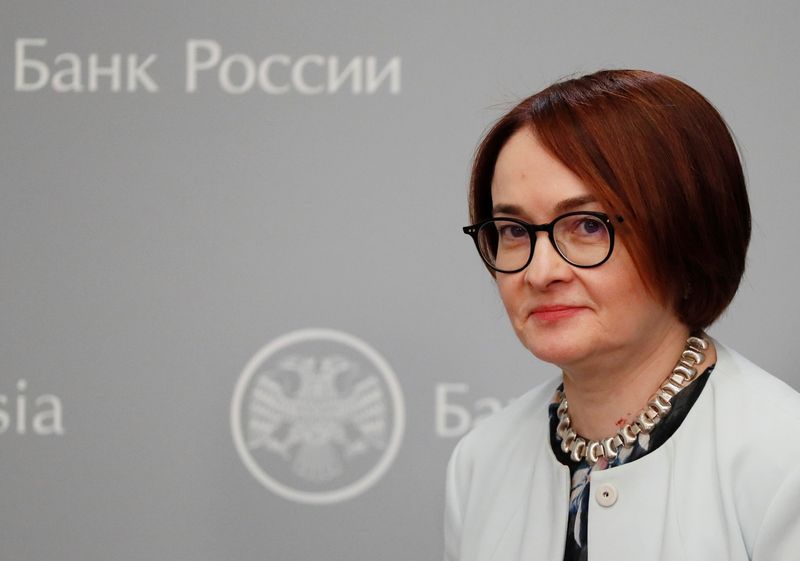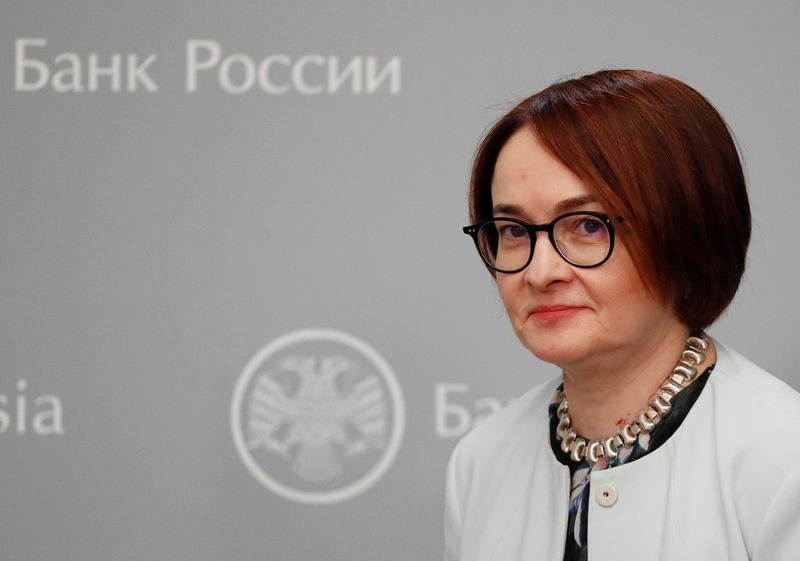Economy
Shutdown showdown in US Congress: Time running short to fund government


© Reuters. FILE PHOTO: A general view of the U.S. Capitol, where Congress will return Tuesday to deal with a series of spending bills before funding runs out and triggers a partial U.S. government shutdown, in Washington, U.S. September 25, 2023. REUTERS/Jonathan E
By David Morgan and Andy Sullivan
WASHINGTON (Reuters) – The U.S. House and Senate on Tuesday plan to take sharply divergent paths in a high-stakes spending battle, with just five days remaining until a deadline that could force wide swaths of the government to shut down for the fourth time in a decade.
The Democratic-controlled Senate plans to vote on a stopgap funding bill with bipartisan support that would keep the federal government operating after current money runs out at midnight on Saturday (0400 GMT Sunday), giving negotiators more time to agree on full-year spending numbers.
Meanwhile Republican House of Representatives Speaker Kevin McCarthy, aiming to hold off a rebellion by hardline members of his own caucus, will push ahead with four full-year spending bills that reflect conservative priorities and stand no chance of becoming law.
Hundreds of thousands of federal workers will be furloughed and a wide range of services, from economic data releases to nutrition benefits, will be suspended beginning on Sunday if the two sides do not reach agreement. In Washington, the National Zoo says it would have to curtail its farewell party for three giant pandas before they return to China.
Congress has shut down the government 14 times since 1981, though most of those funding gaps have lasted only a day or two. Though disruptive, they have not had a significant impact on the world’s largest economy.
But Moody’s (NYSE:) warned on Monday that a shutdown this time would have negative implications for the U.S. government’s AAA credit rating, as it would highlight how political polarization is worsening the country’s fiscal standing.
Democratic President Joe Biden and McCarthy had aimed to head off a shutdown this year when they agreed in May, at the end of a standoff over the federal debt ceiling, to discretionary spending of $1.59 trillion for the fiscal year beginning Oct. 1.
Lawmakers on McCarthy’s right flank have since rejected that number, demanding $120 billion in cuts, even as more moderate members of their party including top Senate Republicans voiced support for the agreed-on plan.
That only accounts for a fraction of the total U.S. budget, which will come to $6.4 trillion for this fiscal year. Lawmakers are not considering cuts to popular benefit programs like Social Security and Medicare, which are projected to grow dramatically as the population ages.
Republicans control the House by a narrow 221-212 majority and have few votes to spare, particularly since some Republican hardliners have threatened to move to oust McCarthy from his leadership role if he relies on Democratic votes to pass legislation.
‘PAYING THE PRICE’
Biden himself has called on House Republicans to honor McCarthy’s deal.
“Just a few months ago the speaker of the House and I agreed to spending levels of the government,” Biden said. “Now a small group of extreme House Republicans, they don’t want to live up to that deal, and everyone in America could be faced with paying the price for it.”
Despite the looming shutdown deadline, the House will turn its attention first to the four full-year bills, which even if they pass would not fund the full government or prevent a shutdown. Success is not guaranteed: Republican hardliners blocked action on spending bills last week and some have said they would try to do so again.
If McCarthy surmounts that first obstacle, debate could consume most of the week, leaving little time to hammer out a stopgap bill before Sunday.
Republican Representative Ralph Norman, a member of the hardline House Freedom Caucus, said on Monday he was “100%” certain that Congress would not be able to keep the government open.
McCarthy said he was more optimistic. “I’m working everything we can to make sure this doesn’t happen,” he told reporters on Monday. “I always like the ball at the last second.”
How that might play out is unclear at this point. If the Senate passes a stopgap funding bill, McCarthy could allow a vote in the House, where it could pass with support from Democrats and more pragmatic Republicans.
But that could prompt Republican hardliners to act on their threat to depose McCarthy, plunging the chamber further into chaos.
Former President Donald Trump, the front-runner for the 2024 Republican nomination, has been cheering on the shutdown talk, saying on his Truth social media site, “UNLESS YOU GET EVERYTHING, SHUT IT DOWN!”
Economy
Russian central bank says it needs months to make sure CPI falling before rate cuts -RBC


© Reuters. Russian Central Bank Governor Elvira Nabiullina attends a news conference in Moscow, Russia June 14, 2019. REUTERS/Shamil Zhumatov/File Photo
MOSCOW (Reuters) – Russia’s central bank will need two to three months to make sure that inflation is steadily declining before taking any decision on interest rate cuts, the bank’s governor Elvira Nabiullina told RBC media on Sunday.
The central bank raised its key interest rate by 100 basis points to 16% earlier in December, hiking for the fifth consecutive meeting in response to stubborn inflation, and suggested that its tightening cycle was nearly over.
Nabiullina said it was not yet clear when exactly the regulator would start cutting rates, however.
“We really need to make sure that inflation is steadily decreasing, that these are not one-off factors that can affect the rate of price growth in a particular month,” she said.
Nabiullina said the bank was taking into account a wide range of indicators but primarily those that “characterize the stability of inflation”.
“This will take two or three months or more – it depends on how much the wide range of indicators that characterize sustainable inflation declines,” she said.
The bank will next convene to set its benchmark rate on Feb. 16.
The governor also said the bank should have started monetary policy tightening earlier than in July, when it embarked on the rate-hiking cycle.
Economy
China identifies second set of projects in $140 billion spending plan


© Reuters. FILE PHOTO: Workers walk past an under-construction area with completed office towers in the background, in Shenzhen’s Qianhai new district, Guangdong province, China August 25, 2023. REUTERS/David Kirton/File Photo
SHANGHAI (Reuters) – China’s top planning body said on Saturday it had identified a second batch of public investment projects, including flood control and disaster relief programmes, under a bond issuance and investment plan announced in October to boost the economy.
With the latest tranche, China has now earmarked more than 800 billion yuan of its 1 trillion yuan ($140 billion) in additional government bond issuance in the fourth quarter, as it focuses on fiscal steps to shore up the flagging economy.
The National Development and Reform Commission (NDRC) said in a statement on Saturday it had identified 9,600 projects with planned investment of more than 560 billion yuan.
China’s economy, the world’s second largest, is struggling to regain its footing post-COVID-19 as policymakers grapple with tepid consumer demand, weak exports, falling foreign investment and a deepening real estate crisis.
The 1 trillion yuan in additional bond issuance will widen China’s 2023 budget deficit ratio to around 3.8 percent from 3 percent, the state-run Xinhua news agency has said.
“Construction of the projects will improve China’s flood control system, emergency response mechanism and disaster relief capabilities, and better protect people’s lives and property, so it is very significant,” the NDRC said.
The agency said it will coordinate with other government bodies to make sure that funds are allocated speedily for investment and that high standards of quality are maintained in project construction.
($1 = 7.1315 renminbi)
Economy
Russian central bank says it needs months to make sure CPI falling before rate cuts -RBC


© Reuters. Russian Central Bank Governor Elvira Nabiullina attends a news conference in Moscow, Russia June 14, 2019. REUTERS/Shamil Zhumatov/File Photo
MOSCOW (Reuters) – Russia’s central bank will need two to three months to make sure that inflation is steadily declining before taking any decision on interest rate cuts, the bank’s governor Elvira Nabiullina told RBC media on Sunday.
The central bank raised its key interest rate by 100 basis points to 16% earlier in December, hiking for the fifth consecutive meeting in response to stubborn inflation, and suggested that its tightening cycle was nearly over.
Nabiullina said it was not yet clear when exactly the regulator would start cutting rates, however.
“We really need to make sure that inflation is steadily decreasing, that these are not one-off factors that can affect the rate of price growth in a particular month,” she said.
Nabiullina said the bank was taking into account a wide range of indicators but primarily those that “characterize the stability of inflation”.
“This will take two or three months or more – it depends on how much the wide range of indicators that characterize sustainable inflation declines,” she said.
The bank will next convene to set its benchmark rate on Feb. 16.
The governor also said the bank should have started monetary policy tightening earlier than in July, when it embarked on the rate-hiking cycle.

 Forex3 years ago
Forex3 years agoForex Today: the dollar is gaining strength amid gloomy sentiment at the start of the Fed’s week

 Forex3 years ago
Forex3 years agoUnbiased review of Pocket Option broker

 Forex3 years ago
Forex3 years agoDollar to pound sterling exchange rate today: Pound plummeted to its lowest since 1985

 Forex3 years ago
Forex3 years agoHow is the Australian dollar doing today?

 Cryptocurrency3 years ago
Cryptocurrency3 years agoWhat happened in the crypto market – current events today

 World3 years ago
World3 years agoWhy are modern video games an art form?

 Commodities3 years ago
Commodities3 years agoCopper continues to fall in price on expectations of lower demand in China

 Economy3 years ago
Economy3 years agoCrude oil tankers double in price due to EU anti-Russian sanctions























